Frequently Asked Questions
1. What are the different types of knives discussed in the blog?
2. How do I determine the best knife for my needs?
3. What materials are commonly used for knife blades?
4. How can I personalize a knife as a gift?
5. What are some important knife maintenance tips?
Choosing the right knife can feel overwhelming, especially with the wide variety of options available in the market today. Whether you’re a culinary enthusiast, a professional chef, or someone who enjoys camping and outdoor activities, having the right knife for your needs can enhance your experience significantly. In this guide, we’ll break down essential factors to consider when selecting a knife, ensuring you pick the perfect tool suited to your requirements. Plus, we’ll touch upon how knives can make memorable personalized gifts for friends and family.
Understanding Different Types of Knives
The first step in choosing the right knife is understanding the different types available, each designed for specific tasks. Here’s a breakdown of some common knife types:
Chef’s Knife
The chef’s knife is the most versatile tool in any kitchen. Typically ranging from 8 to 10 inches in length, it’s designed for chopping, slicing, and dicing a variety of ingredients. Ideal for multitasking, a good chef’s knife can handle everything from meats to vegetables.
Paring Knife
This small, agile knife is perfect for tasks that require precision, like peeling fruits and vegetables or intricate cutting. The blade is usually 3 to 4 inches long, making it manageable and efficient for detailed work.
Serrated Knife
A serrated knife, or bread knife, features a jagged edge that easily slices through bread and delicate items without crushing them. This knife is essential for any baker or anyone who frequently prepares items like bagels or tomatoes.
Utility Knife
Sometimes referred to as a sandwich knife, this medium-sized knife is great for general use and is handy for preparing lunch or simple meals where a chef’s knife might be too large.
Boning Knife
This knife is specialized for deboning fish or meat. It features a thin, flexible blade that makes it easier to separate meat from the bone effectively.
Factors to Consider When Choosing a Knife
Once you’re aware of the various types of knives, consider these critical factors before making your final decision:
Purpose
Understanding how and where you plan to use your knife is critical. Are you preparing meals at home? Do you often camp or hike? Identifying your primary use will help narrow down your choices to the right style and size.
Blade Material
The material of the knife’s blade plays a significant role in its performance and longevity. Here are some common materials:
- Stainless Steel: Resistant to rust and corrosion, this material is durable and easy to maintain.
- High Carbon Steel: Holds a sharper edge longer but can rust if not cared for properly.
- Damascus Steel: Known for its unique patterns and toughness, this steel is an excellent choice for both aesthetics and functionality.
Handle Material
The handle of the knife affects comfort and grip. Options range from wood to plastic to metal. Wood offers a traditional feel, while synthetic materials often provide better grip and resistance to moisture.
Balance and Weight
When evaluating a knife, consider its balance and weight in hand. A well-balanced knife will feel natural during use, enhancing your cooking experience. Spend some time holding different knives to find what feels right for you.
Maintenance Requirements
Different knives have different maintenance needs. Stainless steel knives are generally low-maintenance, while high carbon knives require oiling and careful drying. If you are new to knife care, it’s essential to choose a blade that won’t add stress to your routine.
Where to Buy Your Knife
When it comes to purchasing your knife, it's best to shop from reputable sources. Whether you decide to purchase online or in a physical store, consider the following:
- Shop Locally: Visiting local kitchenware or specialty stores allows you to handle the knife and discuss its features with knowledgeable staff.
- Online Retailers: Online shops can offer a more comprehensive selection, but ensure you check reviews and return policies before buying.
- Custom Options: If you want to make a knife more personal, consider custom options available from specialized retailers, which can also be perfect personalized gifts.
Personalizing Your Knife: A Unique Gift Idea
Knives can be fantastic personalized gifts for birthdays, weddings, or any special occasion. A custom engraved knife not only shows thoughtfulness but also transforms a practical tool into a cherished keepsake. When considering personalized gifts, think about:
Engraving
Engraving your name, a special date, or a meaningful quote onto the blade or handle can add a unique touch to the knife. This transforms it from an ordinary kitchen tool into a valuable personal artifact.
Presentation
How you present the knife is equally important. Consider gifting it in a custom box or with a handmade protective sheath, making it feel even more special. The way you package your gift can make a significant impression on the recipient.
Care and Maintenance of Knives
Once you’ve selected the right knife, proper maintenance is essential to prolong its life and performance. Here are key tips:
Cleaning
Always hand-wash your knife with warm soapy water and dry it immediately. Avoid placing it in the dishwasher, as it can cause damage to the blade and handle.
Sharpening
A sharp knife is safer and more efficient. Invest in a good whetstone or honing rod. Regularly honing your knife will help maintain a sharp edge, while occasional sharpening is needed for optimal performance.
Storage
To protect the blade and ensure safety, store your knives properly. Magnetic strips, blade guards, or knife blocks can keep them organized and safe from damage.
Final Thoughts: Elevate Your Kitchen Experience
Choosing the right knife is essential for anyone who loves cooking or needs reliable tools for other activities. By understanding the types of knives available, considering their materials, and investing time in maintenance, you can significantly enhance your experience in the kitchen or outdoors. Remember, a knife can be more than just a tool—it can serve as a personalized gift that carries meaning and thoughtfulness, making it a cherished item for years to come. So go ahead, select the perfect knife and let your culinary journey begin!









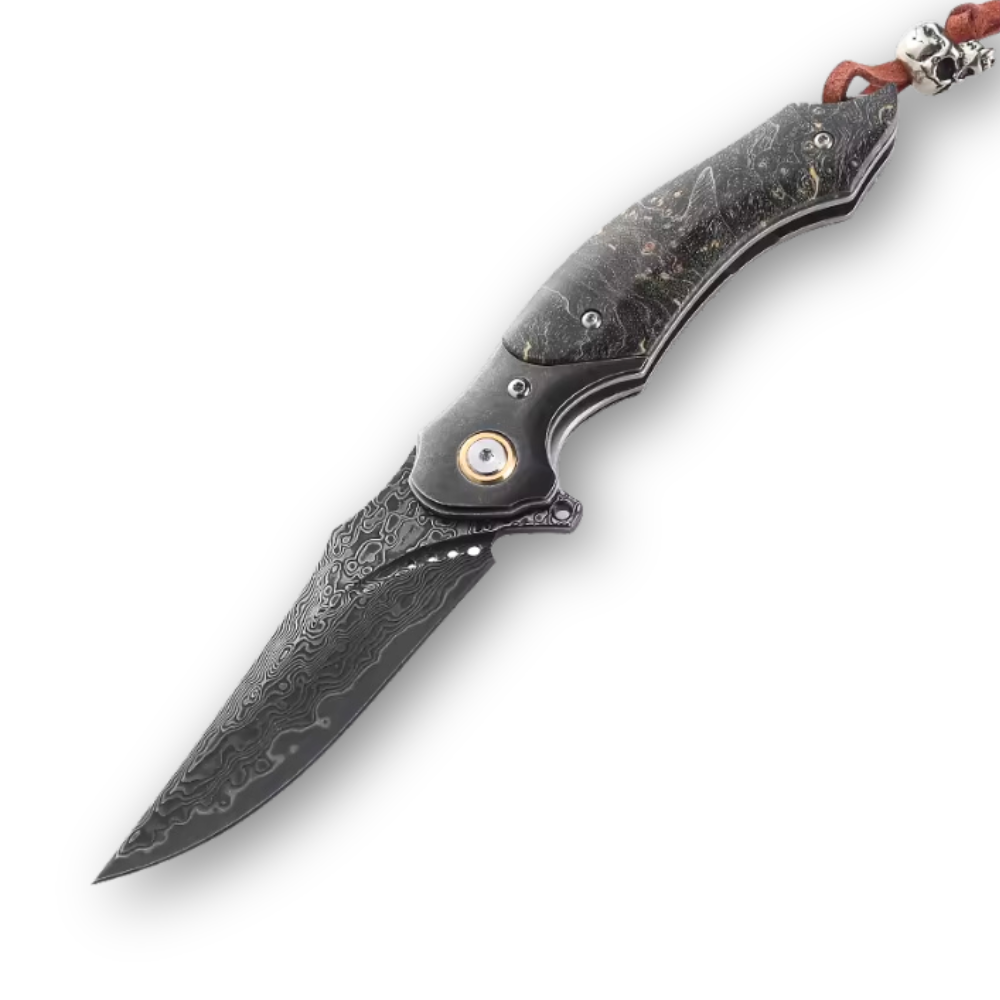










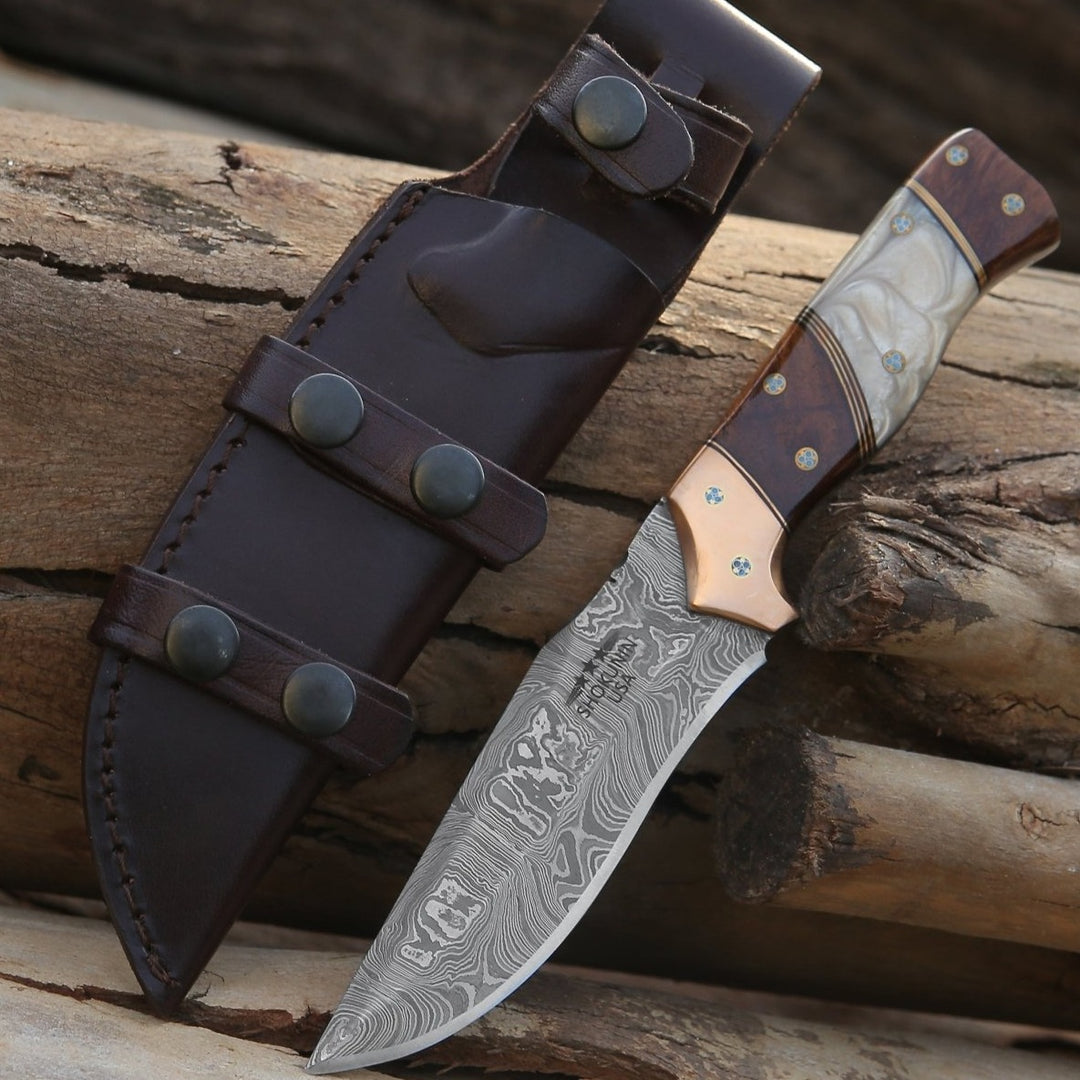
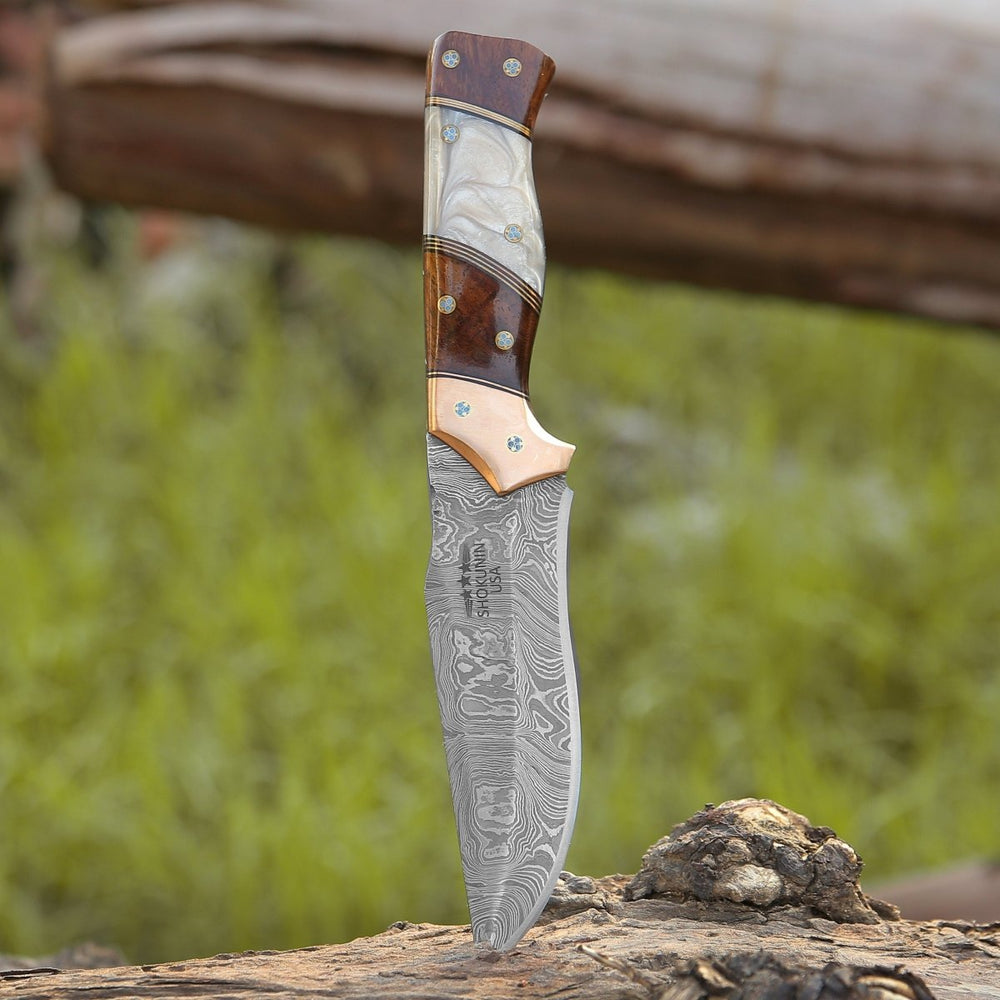


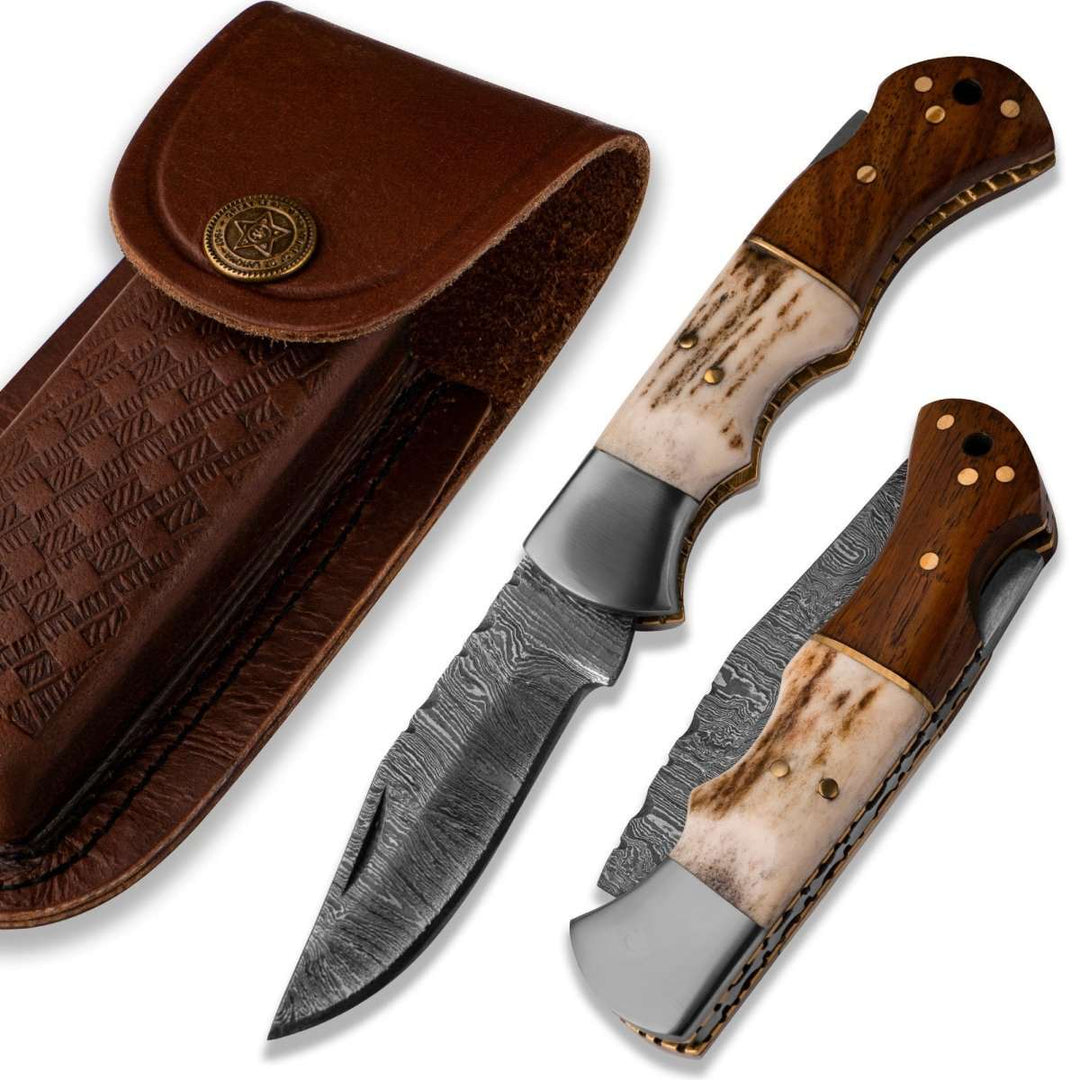
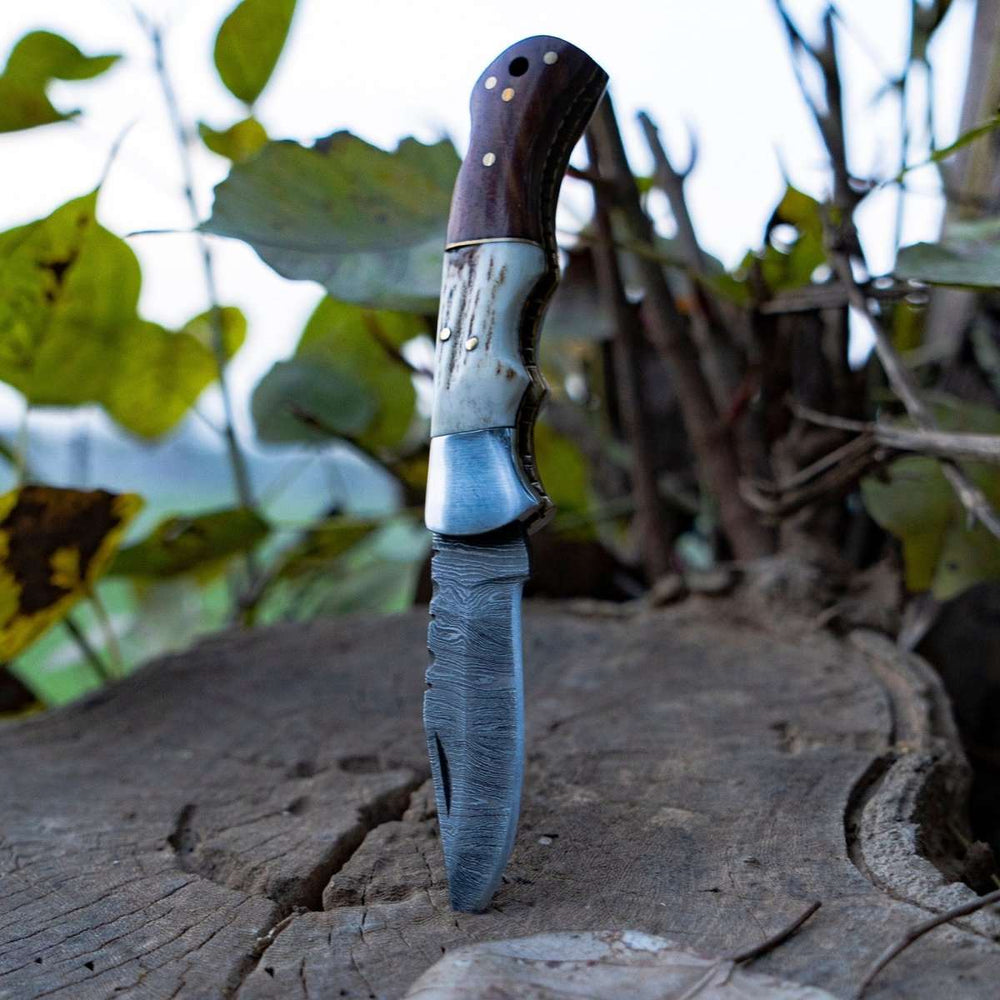




Leave a comment